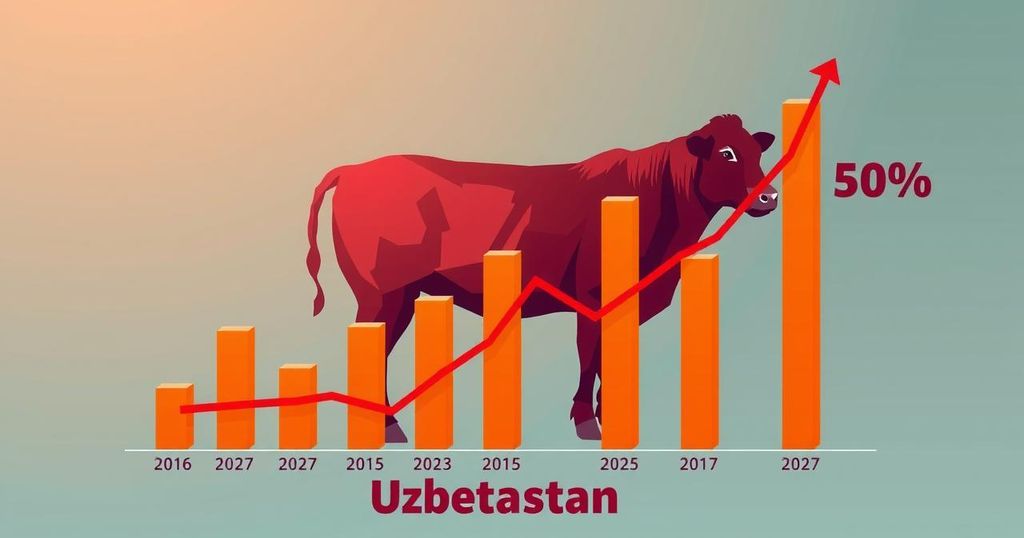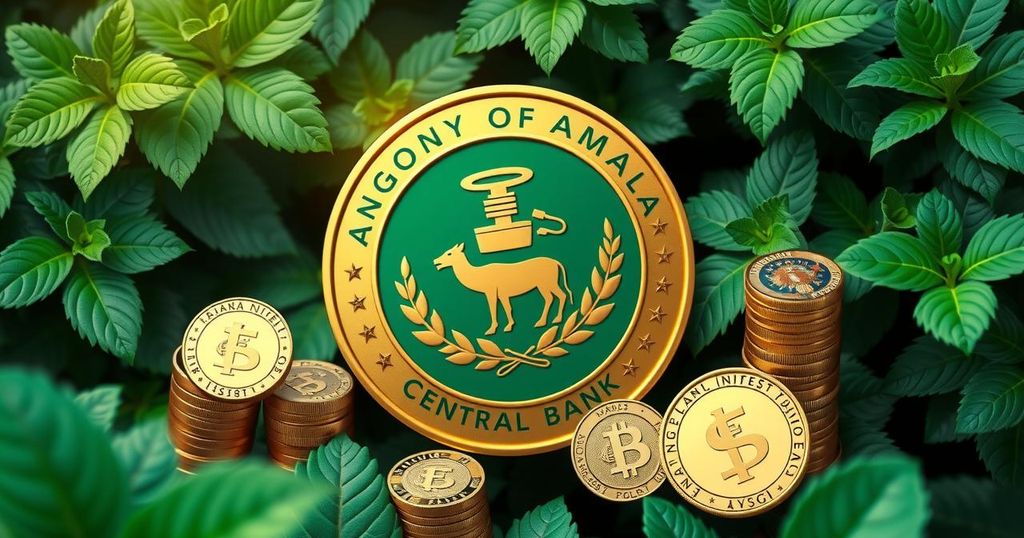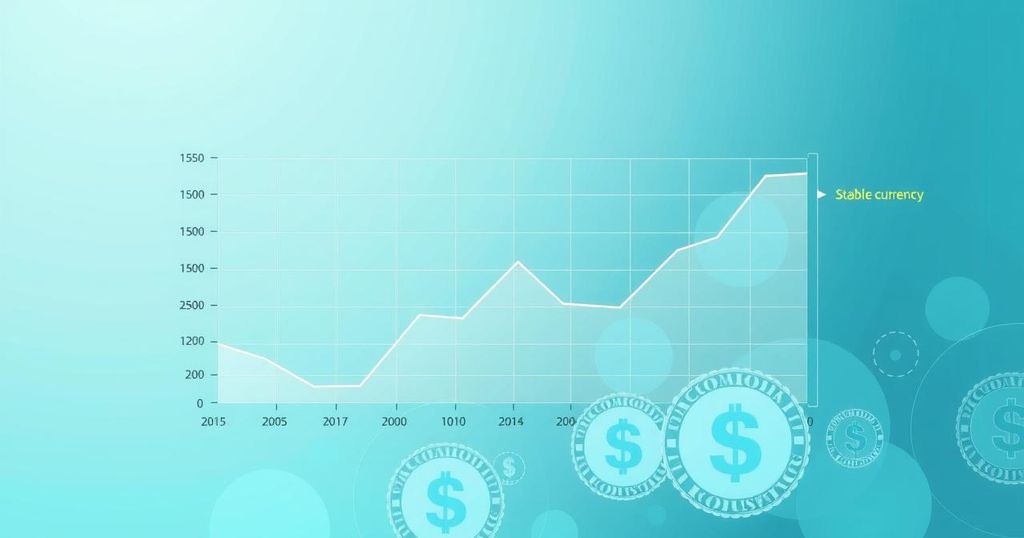Uzbekistan’s Beef Prices Surpass Post-Soviet Neighbors as Inflation Rises
Uzbekistan ranks as the most expensive nation for beef in the CIS as of March 2025, with beef tenderloin costing $8.1 per kilogram. The country ranks 91st globally in beef prices according to Ranking.kz, with neighboring countries reporting lower prices. Global meat prices rose by 18% compared to the previous year, largely due to high demand. Uzbekistan’s CPI increased by 0.54% in February 2025, reflecting inflation challenges.
According to data from Ranking.kz, Uzbekistan has emerged as the most expensive country for beef within the Commonwealth of Independent States (CIS). As of March 7, 2025, the country ranks 91st out of 127 globally, with beef tenderloin priced at $8.1 per kilogram. Comparatively, neighboring countries such as Kazakhstan, Russia, Kyrgyzstan, and Tajikistan report lower beef prices, averaging just above $7 per kilogram.
Globally, the most expensive beef is located in Switzerland, where prices reach $44.3 per kilogram, followed by Iceland at $38.7. In February 2025, the Food and Agriculture Organization (FAO) noted an 18% increase in global meat prices compared to the previous year, primarily driven by sustained high demand for beef. In Uzbekistan, meat prices have escalated by 14.4% over the past year, with beef on the bone experiencing an 18.5% hike and lamb increasing by 19.4%. Conversely, poultry experienced a minor decrease of 0.8% in price.
The consumer price index (CPI) in Uzbekistan reported a rise of 0.54% in February 2025, marking the highest monthly inflation rate since 2023. Food prices experienced a 0.6% increase in February, contributing to an annual food inflation rate of 2.9%, the lowest recorded in five years, while meat prices rose by 2.1%.
In conclusion, as of March 2025, Uzbekistan has become the most expensive country for beef in the CIS, with rising general meat prices and significant price increases over the past year. Comparatively, beef prices remain lower in neighboring nations, while global trends indicate an overall increase in meat prices driven by high demand. The consumer price index reflects the challenging inflationary environment, underscored by rising food prices. Understanding these dynamics is essential for stakeholders in the meat market.
Original Source: daryo.uz




Post Comment